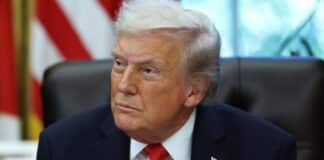The Biden-era practice of importing tens of thousands of foreign workers for U.S. white-collar jobs continues into 2025, despite rising unemployment among recent American college graduates. Last Friday, U.S. Citizenship and Immigration Services (USCIS), a division of the Department of Homeland Security, confirmed it had reached its annual H-1B visa cap of 85,000 — 65,000 for general slots and 20,000 for advanced degrees — for fiscal year 2026.
The H-1B visa program, established in 1990, allows U.S. executives to bypass the domestic workforce in favor of cheaper, foreign contract labor, often from India or China. Over 1.5 million such workers occupy American white-collar jobs under a web of visa categories, including L-1, OPT, and CPT.
This practice has come under increasing scrutiny under President Trump, whose administration is reviving efforts to reform the visa lottery system. USCIS has announced a draft rule, possibly modeled on 2021 Trump-era reforms, that would prioritize visas for companies offering higher wages — a step critics say is long overdue.
“This is a good idea,” said Kevin Lynn of U.S. Tech Workers. “It makes the program less predatory toward ordinary tech workers and graduates entering STEM fields.”
Despite these efforts, the 2025 H-1B lottery was completed, with 85,000 more foreign graduates allowed into the U.S. job market — even as U.S. college grads struggle. According to the Federal Reserve Bank of New York, unemployment among computer science graduates is over 6%, with anecdotal reports of U.S. grads unable to land interviews after hundreds of applications.
Critics say the system displaces qualified Americans, suppresses wages, and erodes innovation. “The best of all worlds would be to end the H-1B program entirely,” Lynn added.






